An Apple patent was published today detailing a headset and communications platform that uses point-to-point network technology instead of cellular (via AppleInsider).
The application published by the U.S. Patent and Trademark Office, called "Point-to-Point ad hoc voice communication", describes a headset invention capable of connecting with similar devices over local wireless ad hoc networks, or peer-to-peer links.
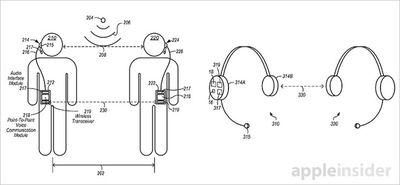
The proposed headset comes with an assortment of audio hardware including the requisite microphone and speaker, and also features a communications module that enables it to interface with other headsets in close proximity.
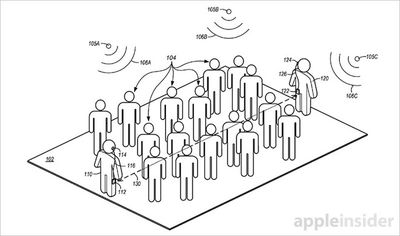
In some versions, the device connects via Lightning or standard headphone jack to a mobile device, allowing for the possibility of special interfacing software. The use of Wi-Fi, Bluetooth or similar protocols are favored over typical cellular or satellite communications, allowing for extremely low latency communications and reduced delay between devices in close proximity.
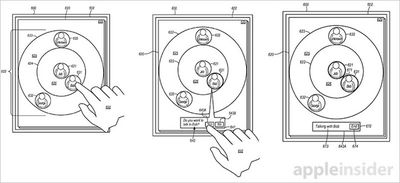
The exhaustively detailed patent was drafted by a former Sennheiser engineer, and amounts to what could be described as an enhanced walkie-talkie system with touch-enabled, icon-based GUI for establishing connections between peers.
As with all patents, the invention may never see the light of day in any consumer product, but the device does hold interesting possibilities for use by Apple Store staff or between development teams in Apple headquarters.
















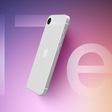
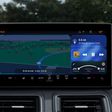


Top Rated Comments
Somebody help me here. Can someone come up with a scenario where this would be better than anything already out there?
This patent is definitely not going to meet India's definition of "cutting edge" technology.:D
I guess we're doomed then.